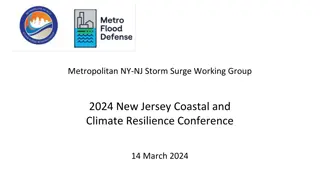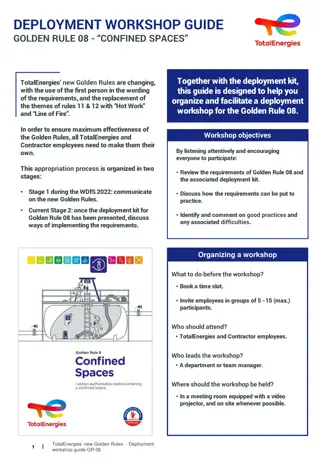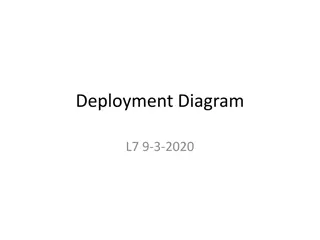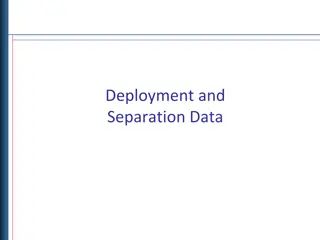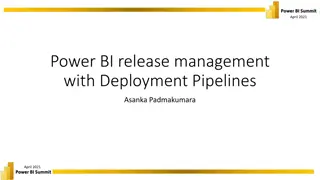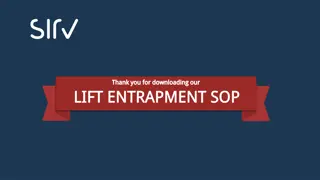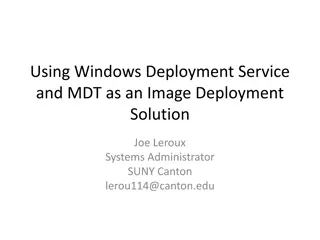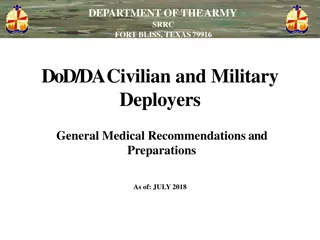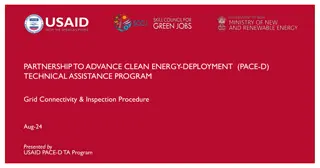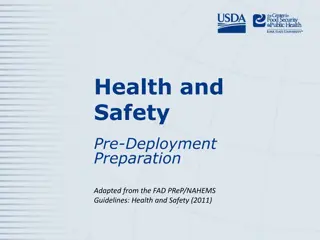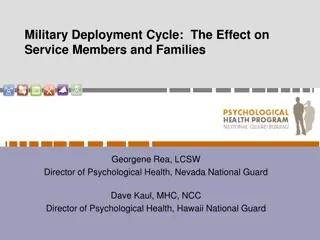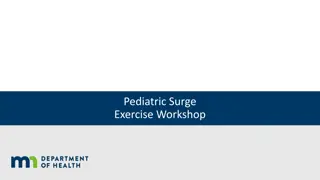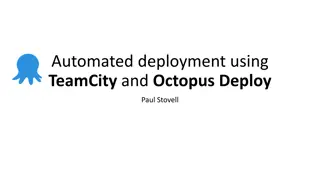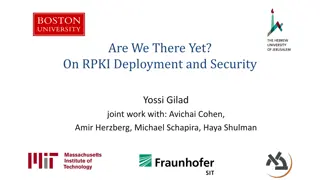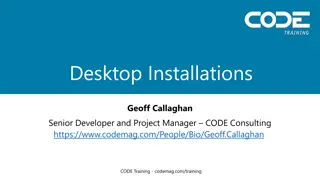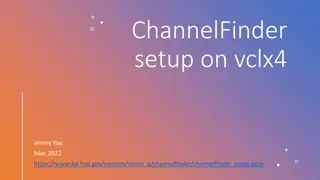Surge Deployment Guidelines and Standard Operating Procedures
Surge Deployment Guidelines and Standard Operating Procedures outline the principles and processes for deploying specialized personnel to support humanitarian operations in various emergencies. The guidelines aim to ensure equal opportunity, transparent processes, and quality responses among Red Cross and Red Crescent members. Feedback and consultations have shaped the development of these guidelines, including opinions on alert methodology, deployment length, contracting modalities, and more. Surge personnel are defined as those deployed to address urgent needs in humanitarian crises at field or office levels. The guidelines seek to enhance the effectiveness and speed of surge support in emergencies.
Download Presentation

Please find below an Image/Link to download the presentation.
The content on the website is provided AS IS for your information and personal use only. It may not be sold, licensed, or shared on other websites without obtaining consent from the author. Download presentation by click this link. If you encounter any issues during the download, it is possible that the publisher has removed the file from their server.
E N D
Presentation Transcript
Surge Deployment Guidelines and Standard Operating Procedures
Equal opportunity: all RCRC personnel can have access to all operations worldwide Provides more transparent and accountable processes of surge support worldwide Elimination of artificial barriers and preconception s between regional & global tools Advocates for higher and standarised quality of responses amongst RCRC members Better and harmonized duty of care for our RCRC surge personnel Why new SOPS? Compatible trainings and development opportunities for RCRC volunteers & staff Increase in speed: NS can receive support much faster Better support to slow onset and protracted crisis
Some history ~ 120 people from 65 National Societies have provided feedback Dec- Jan 2019 consultation with ICRC Sept 2018- 4th round of consultation with NS & IFRC: main points of contention May 2018- 3rd round of consultation with NS: full document March 2018- 2nd round of consultation with IFRC staff: full document Nov 2017- 1st round of consultation with RG6 members July 2017- Budapest RG6 Meeting * Also presentations during DM meetings or special regional calls
4th round survey: Looking for NS/person opinion on eight issues Do you agree with the proposed standard? 1. Alert Methodology 2. Change of Labels 3. Timeline for surge alerts (when can surge be called for) Yes No 107 15 86.99% 12.20% 4. Length of deployments
4th round survey: Looking for NS/person opinion on eight issues Do you agree with the proposed standard? 5. Contracting Modality 6. Use of Surge pool outside of emergencies 7. Role of the Receiving NS 8. Database
What is new? WHO WE ARE
Surge Definition For the purposes of this set of guidelines and SOPs, surge is defined as specialized personnel deployed to support humanitarian operations: in unforeseen, imminent or deteriorating emergencies, including sudden onset, protracted and slow onset disasters and crisis; where there is an urgent need of the particular expertise, either at field level or at the office supporting the response; and where the urgent need is a result of natural or man-made disasters or RCRC institutional crisis. Clarity on length of deployments (individual deployment vs surge phase )
Alerts by type of disaster, not by type of tool In yellow level emergencies only the regional roster is activated. It can be scaled up if profile is not available In orange level emergencies the Joint Task Force decides if there will be a regional or global alert, depending on context and profiles needed In red level emergencies there is global activation, all registers are alerted simultaneously
Redefinition of Global Alert A Global alert now means the simultaneous activation of all RCRC surge registers: RDRT/RIT register of all five regions FACT registers NS Registers Technical registers Some ICRC registers
Rules on Selection 20 criteria defined and quantified, some of them Profile 1 Indicator Details Scoring P. 2 P. 3 P. 4 Knowledge of the language used in the operational area (3 = Native; 2 = Proficient; 1 = Working Knowledge; 0= basic/none) 0-3 Language skills Speaks a secondary language that is deemed appropriate for the operational area 0-1 Has experience in the country (4 = less than 6 months; 6= 6 months or more) 4 or 6 Experience in that country and geographical region Has experience in the region 2 Does not have experience in the country or region 0 Has experience of this type of emergency (earthquake, Cholera etc.) 3 Experience of that type of emergency Does not have experience of this type of emergency 1
What else? Guidance on SIMS activation and use of surge in slow onset and protracted crisis Definition of HR modalities that can be used for surge deployments Standard templates for surge performance appraisals, handover reports, mission feedback More clarity on medical clearance and duty of care
Next Steps June 2019: - integration of surge training analysis - selection of new label Sept. 2019: develop comms materials for roster members, NS HQ and external partners Dec. 2019: support HR in their Emergencies procedures. Finalize regional alignment. Dec. 2020: review of first year, integration of new standard allowance system.


